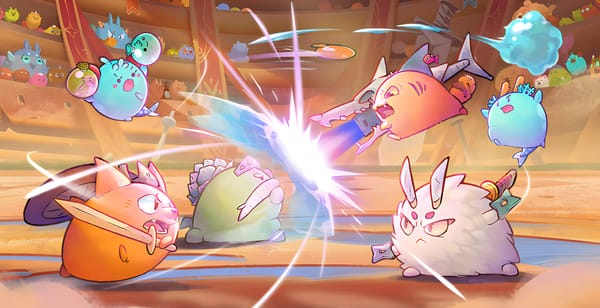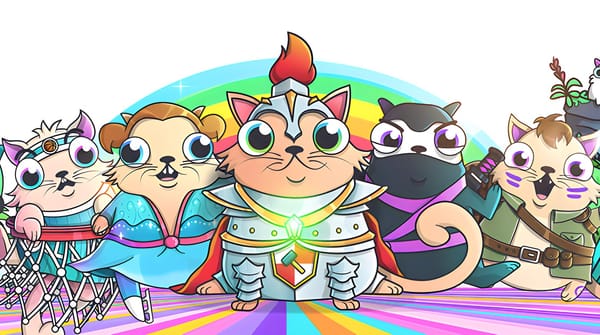Unveiling the Node Monkes Minting Experience

Node Monkes (NM) has gained popularity in the marketplace, but the minting experience varies for users.
Bidders participate in an auction to purchase a bag of NM, with the lowest bid determining the price for everyone. Some users were able to secure early allocations by bypassing the auction locking mechanism.
Observing the pattern of invalid bids can provide insights into future market behavior. Allocations increase as the bid price drops, creating a thrilling experience for participants.
The Node Monkes website offers various data sources to estimate buying prices and a unique nostalgic UI design. The website's stability and user experience are generally positive, although there are areas for improvement. Despite some challenges, Node Monkes has made a significant impact and will be recognized for its pioneering role in the web3 space.
Buying a Bag:
The auction for Node Monkes starts with people bidding on a bag of NM instead of just one. Bidders place bets on how much they are willing to spend to get a big bag. The auction ends and everyone pays the lowest price bid. However, the number of NMs received is only revealed at the end of the auction.
Advanced Advantage:
To secure early allocations, bidders could send BTC directly from taproot to the auction address, thus bypassing the auction locking mechanism. This allowed some bidders to casually bid early and secure first allocations at their bid level.

Invalid Bids
Early bids were referred to as invalid bids. Observing the pattern of invalid bids can provide insights into the future market of the auction. For example, if a significant percentage of invalid bids were below a certain price, it could be assumed that there would be a lot of action when the bid dropped to that price and below.
Allocations:
Each bid starts with a single allocation of 1 NM. When the minimum bid drops 50%, the allocation doubles. This doubling of allocation speeds up as the price drops further.
Pacing:
The auction starts slowly with whales claiming bags, then speeds up as mini whales join in. Eventually, it enters a crescendo moment where participants watch pending transactions race against blocks clearing to see if the price would drop again before all NMs are sold. This creates an exhilarating experience for participants.
Data Sources:
The Node Monkes website provides various data sources to estimate a buy price range. These include pending transactions, the number of NMs claimed, an auction progress bar tracking blocks, a record of all bids in blocks, and a record of invalid bids. These data sources are crucial for making informed buying decisions.
UI Design:
The UI design of Node Monkes is unique and nostalgic. It is reminiscent of booting into a Commodore 64 computer, from the boot-up sequence to the project title font. The attention to detail in the UI design sets Node Monkes apart and showcases rare quality in the web3 space.
Stability:
The auction setup and architecture allowed the Node Monkes website to handle interested traffic in a stable manner. This stability is a result of careful planning and multiple quality assurance passes. The website provided a shockingly stable experience for participants.
UX:
The User Experience (UX) of Node Monkes stands out among most mint sites. However, there are a few areas that could be improved. The site could benefit from highlighting clickable elements with an action color. Additionally, finding the current bid price and understanding the concept of invalid bids could be made clearer. Overall, though, the UX of Node Monkes surpasses other web3 projects.
Legacy:
Node Monkes made a name for itself for several reasons. It allowed participants to be early to Ordinals, even if they were not originally involved. However, it is also remembered for a bait & switch incident, a discord hack, and influencer fud. Despite these challenges, Node Monkes generated incredible day-one secondary volume and achieved the milestone of being sub-100k. It will always be recognized as one of the firsts in the web3 space.




